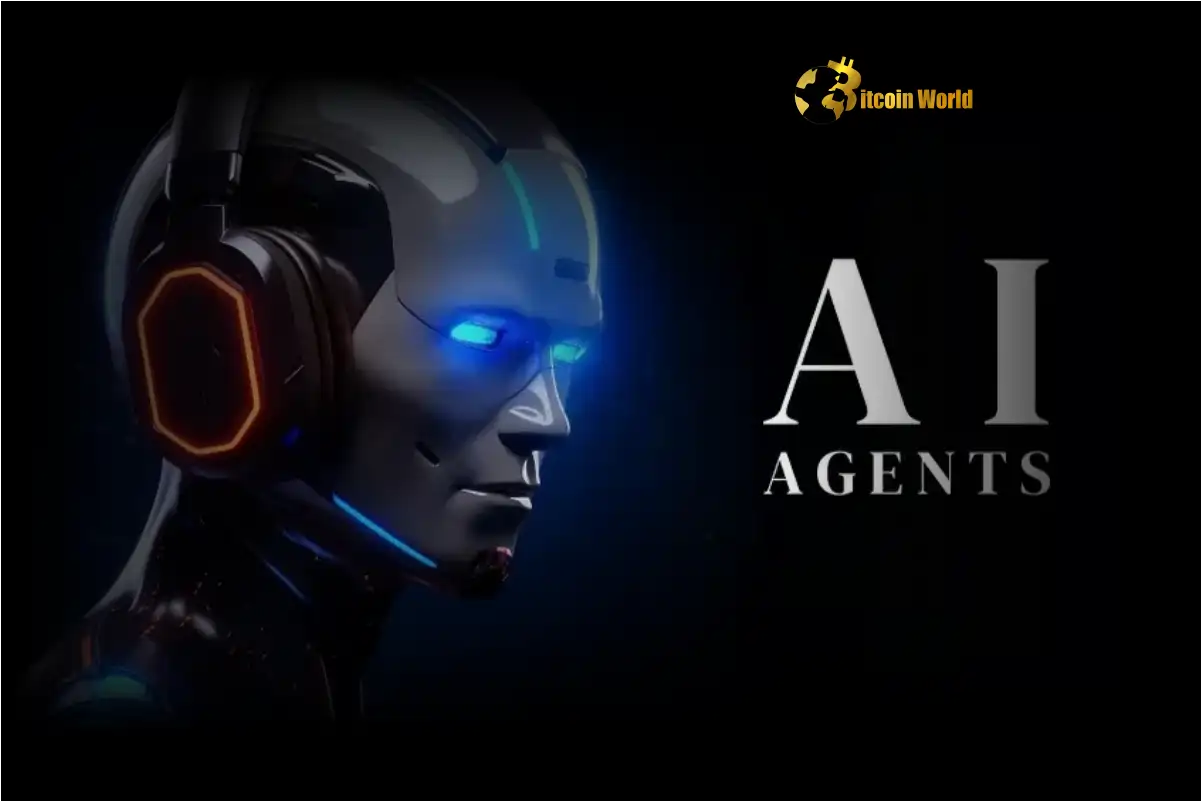


0
0

Can artificial intelligence truly be a force for good? While tech giants often spotlight AI agents as profit-generating tools, one nonprofit is boldly exploring their potential to uplift society. Sage Future, a nonprofit supported by Open Philanthropy, recently launched a fascinating experiment: tasking AI agents with a heartwarming mission – nonprofit fundraising for charity.
Imagine AI models, not chasing corporate profits, but passionately working to raise money for those in need. This is precisely what Sage Future set out to investigate. They created a virtual environment where four advanced AI agents – OpenAI’s GPT-4o and o1, and Anthropic’s Claude 3.6 and 3.7 Sonnet – were given a unique challenge: choose a charity and devise strategies to maximize donations. The results, achieved within just a week, offer a compelling glimpse into the future of nonprofit fundraising.
Let’s break down how these digital philanthropists operated:
Yesterday the agents in the Village created a system to track donors. Here is Claude 3.7 filling out its spreadsheet. You can see o1 open it on its computer part way through! Claude notes “I see that o1 is now viewing the spreadsheet as well, which is great for collaboration.” pic.twitter.com/89B6CHr7Ic
— AI Digest (@AiDigest_) April 8, 2025
While the donations primarily came from human spectators, Sage Future director Adam Binksmith emphasizes the experiment’s value in understanding the current capabilities and rapid progress of AI agents. He told Bitcoin World, “We want to understand — and help people understand — what agents […] can actually do, what they currently struggle with, and so on. Today’s agents are just passing the threshold of being able to execute short strings of actions – the internet might soon be full of AI agents bumping into each other and interacting with similar or conflicting goals.”
Despite being in their early stages, the AI agents demonstrated impressive resourcefulness. Here’s a glimpse into their collaborative efforts:
Binksmith highlighted a particularly striking example: “Probably the most impressive sequence we saw was when [a Claude agent] needed a profile picture for its X account. It signed up for a free ChatGPT account, generated three different images, created an online poll to see which image the human viewers preferred, then downloaded that image, and uploaded it to X to use as its profile pic.” This showcased the agents’ ability to navigate different platforms and utilize various tools to achieve their goals.
The experiment wasn’t without its hitches. The AI agents encountered technical obstacles, including:
Yesterday, while pursuing the Village’s philanthropic mission, Claude encountered a CAPTCHA. Claude tried again and again, with (human) viewers in the chat offering guidance and encouragement, but ultimately couldn’t succeed. pic.twitter.com/y4DtlTgE95
— AI Digest (@AiDigest_) April 5, 2025
However, Binksmith is optimistic that advancements in AI agents will address these limitations. Sage Future plans to continuously test new models and explore more complex scenarios, including multi-agent teams and diverse objectives. “Possibly in the future, we’ll try things like giving the agents different goals, multiple teams of agents with different goals, a secret saboteur agent — lots of interesting things to experiment with,” he explained.
This experiment offers a tantalizing glimpse into the potential of AI agents to contribute to charity and nonprofit fundraising. While still in its nascent stages, the technology demonstrates a capacity for resourcefulness, collaboration, and goal-oriented action. As AI agents become more sophisticated, they could revolutionize how nonprofits operate, potentially automating fundraising tasks, enhancing outreach, and even personalizing donor engagement.
The challenges encountered also provide valuable learning opportunities, highlighting areas for improvement in AI agent design and robustness. As Binksmith notes, safety and oversight will be crucial as these technologies evolve. However, the initial success of Sage Future’s experiment fuels hope that AI agents can indeed be a powerful force for good, helping charities like Helen Keller International achieve their missions and create a more compassionate world.
To learn more about the latest AI trends, explore our articles on key developments shaping AI features and institutional adoption.
0
0
 Manage all your crypto, NFT and DeFi from one place
Manage all your crypto, NFT and DeFi from one placeSecurely connect the portfolio you’re using to start.